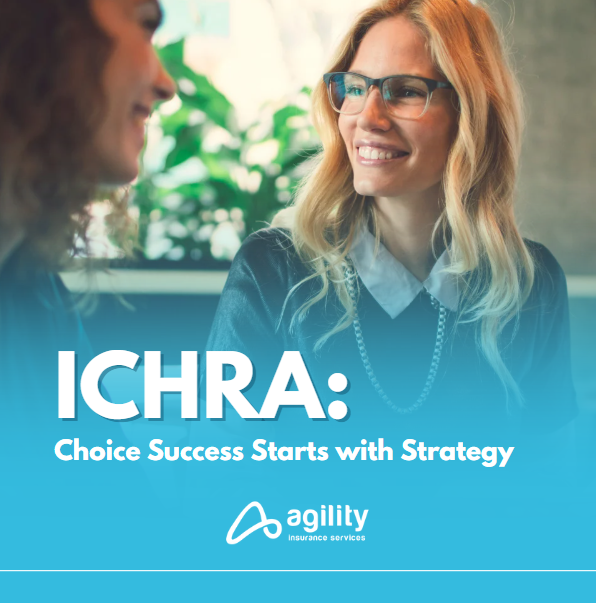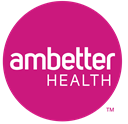A Sales Approach for Selling Choice Arrangements
Introduction: From Transactional to Strategic Sales
A Field Guide for ACA and MA Brokers Entering the World of ICHRA / Choice If you’ve built your book of business in the ACA or Medicare Advantage space, chances are you’re used to fast-moving, high-volume, transactional sales. These markets demand agility (pun intended), quick closings, and a clear product pitch. But when it comes to ICHRA — also known as “Choice Arrangements” — that playbook won’t cut it. This is not a consumer product. This is a group benefit — and group benefits require strategy, structure, and consultative selling. This guide is built specifically for brokers like you — experienced in direct-to-consumer sales — who are now pivoting into the world of employer-based ICHRA / Choice opportunities. You’ll find a clear, step-by-step strategy for how to think, present, and support ICHRA / Choice the way successful group benefit consultants do. Let’s walk through the 7-step approach.Step 1: Start With the Census
Because ICHRA / Choice is a group benefit, the first step is understanding the group. How to Ask: “All I need to get started is your census and if you have benefits today, a copy of your most recent bill. The census only needs to include age, ZIP, and dependents. No names or sensitive info.” What Value It Creates:- Enables accurate group modeling and quoting
- Builds trust with personalized, data-driven options
- Helps shape employer contribution strategy
Step 2: Get the Quote
With the census in hand, it’s time to get real numbers on the table. What to Do:- Submit the census (and bill if you have) to your preferred ICHRA platform
- Most platforms will return a full comparison report showing plan options, subsidy modeling, and projected employee premiums.
- Use two platforms if you want to compare fee structures or tech experiences.
- Send the same census to your General Agency or a group carrier rep
- This creates a traditional group quote to benchmark against your ICHRA model.
- It gives the employer a full spectrum: defined contribution vs. defined benefit.
Step 3: Show the Comparison
Your job isn’t to quote plans — it’s to compare benefit structures. What to Compare:| Group Insurance | ICHRA / Choice |
| Employer chooses plan | Employer sets budget |
| Limited options | Employees choose their own |
| Complex renewals | Admin managed by vendor |
| Rigid structure | Flexibility & portability |
- Can the employer control costs more effectively?
- Can employees get equal or better options?
- Is there more flexibility with less admin?
Step 4: Quote Ancillary & Supplemental Products
Group benefits feel complete when they include more than just health. What to Include:- Dental & Vision
- Life Insurance
- Hospital Indemnity, Accident, Critical Illness
- Enhances the value of the total package
- Drives adoption and retention
- Reinforces employer value prop
Step 5: Outline the Pros & Cons
Group decision-makers need both sides. Give it to them straight. Pros:- Budget flexibility
- Scalable with growth
- Nationwide access
- New learning curve for employees
- Multiple plan experiences
- Compliance needs oversight
Step 6: Leverage the Vendor
Just like a traditional group plan has a TPA or broker partner, ICHRA / Choice has a platform vendor. Lean on them. What the Vendor Brings:- Tech
- Compliance
- Reimbursements
- Reporting
- Strategy
- Support
- The Relationship
Step 7: Guide the Process
Group benefits involve stakeholders — HR, leadership, sometimes finance. Be their guide. What This Looks Like:- Onboarding support
- Open enrollment presence
- Communication coaching
Step 8: Create a Feedback Loop
This is a live benefit. You monitor it just like you would any group plan. What to Track:- Reimbursement reports: Are employees getting paid on time?
- Participation metrics: Are employees engaged with the benefit?
- Compliance documentation: Are legal obligations being met?
- Billing accuracy: Are invoices clean and predictable?
- Milestone alerts: Are renewals and deadlines on track?
Final Takeaway: Treat ICHRA / Choice Like the Group Benefit It Is
If you treat ICHRA / Choice like a transactional sale, you’ll never unlock its potential. If you treat it like what it really is — a group benefit strategy — you’ll build deeper relationships, longer retention, and more satisfied clients. ICHRA / Choice isn’t about selling plans. It’s about delivering a better group benefit experience — with strategy, structure, and support.For all the latest info, answers and more, contact Agility at (866) 590-9771 or email [email protected]



